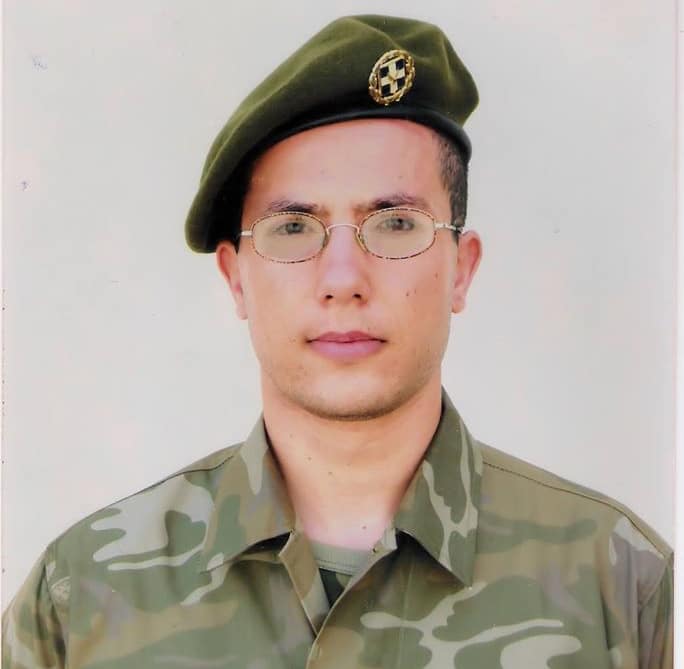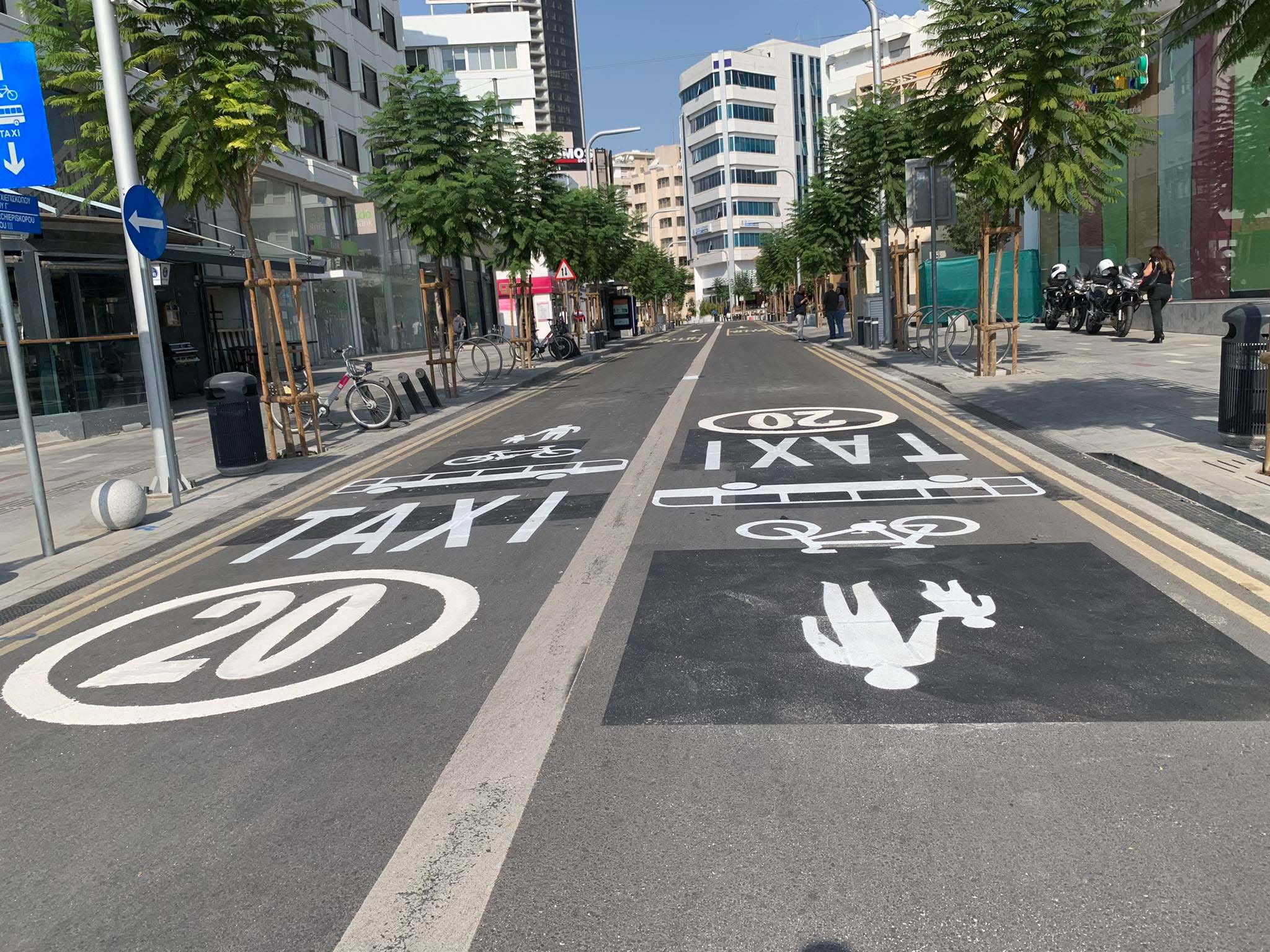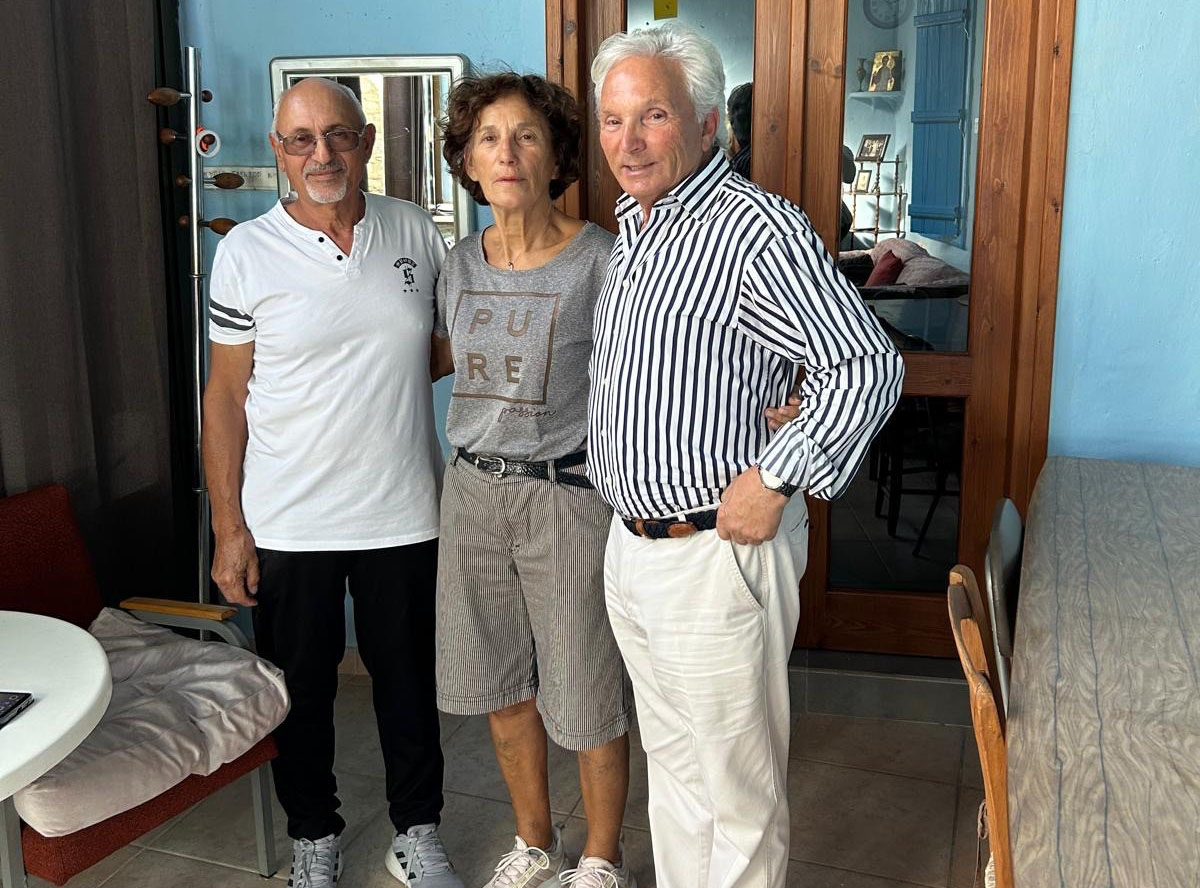In response to article ‘Cyprus MEPs say ‘abandoned’ by the EU over Limassol wildfire’ on September 9:
The single biggest issue in the handling of the fire was the failure in Command, Control & Communications, colloquially known as ‘C3’ in professional crisis management terms.
The world over, such organisations are split into three areas of command: Strategic (Gold), at national or large regional level; Tactical (Silver) dealing with the immediate areas around the incident and Operational (Bronze) dealing with the specific site itself. There can be a number of Bronze commands if the situation requires it, coordinated by Silver.
Any ex-military types should note civilian practice inverts ‘operational’ and ‘tactical’ terminology.
Generally, response is split into three phases along the lines of immediate life-saving, restoration and longer-term recovery.
The Strategic lead in the immediate response should be a senior officer from the appropriate service; this is normally police or fire service but can be otherwise.
Among its duties, Gold is responsible for supplying the Silver commander with whatever support is required, liaising internationally if necessary to get it. Gold is also responsible for providing timely, accurate public information to enable affected populations to take the correct actions.
Silver manages the area, coordinating entry of personnel and equipment in/out of the area, managing those affected and maintaining essential services.
Bronze command tackles the incident itself.
There should be constant communication between all three to ensure that whatever manpower or equipment needed is properly identified and provided in a timely manner and that the correct information is passed along the chain of command so all three can function effectively with the public properly informed.
Effectively, this basic organisation remains in place no matter what the incident; all that is really required is a different set of technical advisers in addition to the Gold commander.
Once the situation is declared safe, leadership and management passes to the next most appropriate authority, normally local government.
In this particular fire, there was a total absence of any meaningful public information available and it could be argued that ultimately this resulted in the unnecessary deaths of the couple who died in unimaginable circumstances.
As my home was clearly in the risk zone I was searching for information, but the only thing to be found was a single webpage on the Fire Brigade’s site with minimal, out of date information that was of no use whatsoever.
My house survived but some neighbours were not so fortunate and they consider that their lives were put at risk by the failures in C3.
In any effective Gold HQ, I would expect to see the Public Information Officer sat at the ‘top table’ collating info as it came in before preparing press releases for the commander’s approval, then getting them out into the public domain at regular intervals. This, to me, was the single biggest failing.
Having worked in medical war/crisis response for 40 years from the Americas to Africa and the Far East, I remain very concerned that if something big happened right now, exactly the same failures would be repeated.
There must be a clear, dispassionate analysis of why the C3 failed so badly. Blaming the EU is a dangerous distraction from what needs to be done. Instead, a comparison should be made with ‘best practice’ as applied in more sophisticated national structures within the EU. How to collate and disseminate public information should be at the top of the agenda.
Iain Dell






Click here to change your cookie preferences